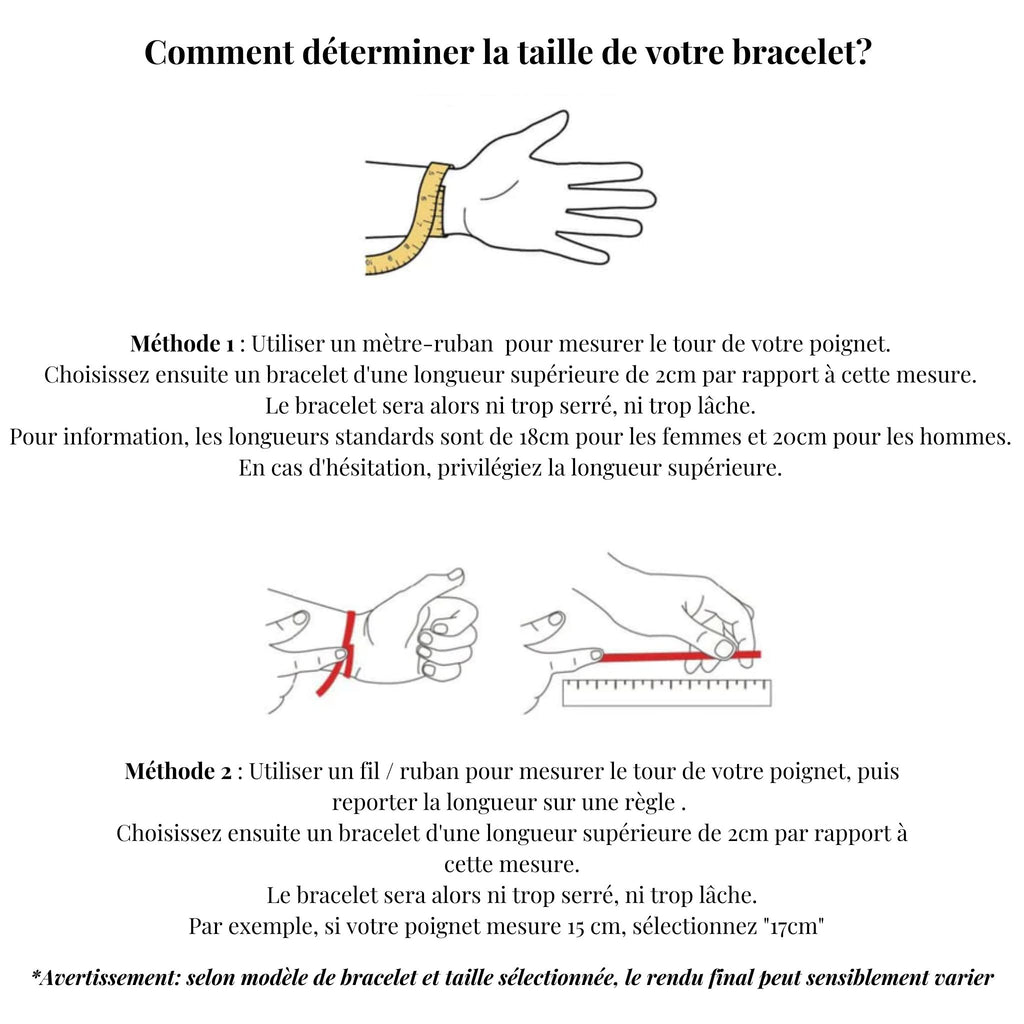Pierre Jais: Virtues of Jaïs
Jaïs, also called Jet , is an organic stone that does not have a crystalline structure. This fossil wood is classified as charcoal. But unlike this one, the Jaïs was formed in the sand at the bottom of the oceans .
- Origin of the name : Pierre de Gagès, town and Turkish river
- Home group : Lignite
- Color(s) : Black
- Symbol : Protection from negative waves and ill-being
- Hardness : 2.5 to 4
- Deposits : France, United States, Spain, Germany
- Chemical composition: Bituminous coal, fossilized coniferous wood
- Day of the week : Every day
Varieties of Jay
Jaïs stone has no varieties. It is shiny black in color, often with metallic blue reflections and its luster is glassy.
Benefits and virtues of Jaïs
Jays can be used to open oneself to psychic experiences and facilitate the quest for spiritual enlightenment .
It is a strong stone of protection and anchoring . It has been used for centuries to protect against harmful influences and bad spells . It helps to get rid of negative energies that we may have within ourselves.
On the psychological level
Black jet helps reduce irrational fears , and reduces moody mood changes.
It is a good stone to support the dying so that they can go through this phase with serenity . It is also recommended during periods of mourning . It helps to cope with sorrow, loneliness and get out of depression . It pushes us to work towards positive changes .
Jaïs also allows you to communicate with the deceased .
This stone strengthens psychic awareness .
The Jaïs stone therefore promotes taking control of one's life and confers stability .
On the physical level
In lithotherapy, Jaïs relieves dental pain and migraines . It also acts on gastric acidity and stomach pain . It would have properties against epilepsy by wearing it preventively.
It has the property of soothing pain and inflammation . Thus, it will be useful to use Jaïs stones in cases of arthritis , rheumatism and pulmonary inflammation .
This protective stone also acts against swollen legs and feet .
When worn continuously, Jaïs prevents illness by maintaining a clean flow of energy in the body.
Finally, this stone helps reduce glandular and lymphatic swelling , and treats menstrual cramps.
Chakras
On the first chakra, Root Chakra , Jaïs acts as a protector and prevents illnesses.
Astrological signs
The Fluorite stone is particularly suited to the zodiac signs of:
- Cancer ,
- Aquarius .
Recharging and purification
The Jet stone must be purified as soon as you take possession of it .
In fact, before reaching you, it was handled by several people. Thus, it is appropriate to remove the influences with which he has taken charge.
After a while the stone gave all the energy it could. It is necessary to purify it energetically in distilled water and in maximum lunar light . Therefore, purification must be carried out systematically at each full moon phase .
The use of salt is not recommended for this stone.
The Jaïs flat stone pebble must be cleaned very carefully with water .
It recharges on a cluster of Quartz , such as a piece or geode of Amethyst .
Meaning and history of Jaïs
Used since the Stone Age as a talisman, it once defended entities of darkness .
It is a stone that has long been worn in times of mourning.
Jaïs was known and exploited in England during the 2nd millennium BC, on the northeast coast. Thus, balls, pendants and amulets are found in ancient burial mounds.
The Romans exported English Jaïs to Rome, where it was worked into jewelry .
In the Middle Ages , it was also very appreciated. Jay amulets have been found in Indian villages in the Southwestern United States .
Then, in the 18th century, the “patenôtriers en Jaïs” made mourning jewelry (earrings, brooches, etc.) , rosaries , crosses . French craftsmanship was also very active.
Very popular in the Victorian era , of which it became the symbol at the beginning of the 20th century, the Jaïs is currently rather neglected . It was used to make liturgical ornaments (bishop's crosiers, for example).
Until the last century, Jaïs was sometimes incorrectly referred to as Black Amber . Indeed, it is also found in amber deposits, and sometimes has equivalent electrical properties .















